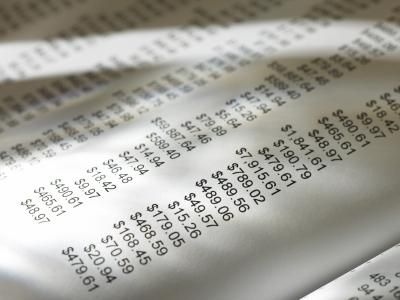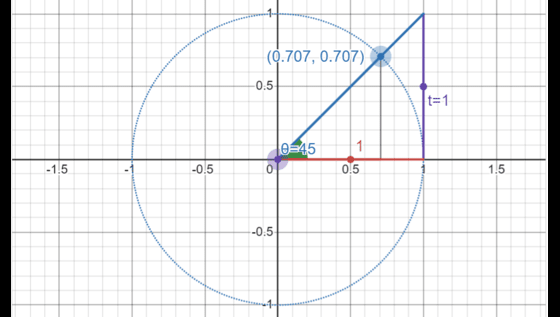Rockets. We can all picture one, blasting off from a launch tower amid a roar of smoke and fire, riding a tail of flames higher and higher until finally coming to a rest in the vast expanse of space. If you’ve ever been remotely close to one of these behemoths as they are taking off, just the vibration of the air itself would have told you of the violence associated with the event. But, you may ask, how could a rocket survive the explosion following it, let alone use the flames to push itself into space? The answer is simple: physics.

Okay, maybe not so simple. But simpler than one would think when they hear the word physics. We will answer the first part of the question first, which is why does a rocket not explode when it is ignited? The secret lies in the bell nozzle of a rocket engine. You can see one in the picture above. The nozzle tends to take up most of the engine, and for good reason. Without the nozzle, the rocket would have no way of turning its fuel into propulsion. This can be explained using forces. Newton’s Third Law states that for every action, there is an equal and opposite reaction. This is also true for tiny particles of fuel present in the rocket. When these fuel molecules collide with the nozzle, they try to expand it, but since the nozzle is rigid, the molecules rush out of the bottom of the nozzle which pushes the rocket in the opposite direction. You can visualize this if you imagine letting go of a balloon full of air. When you create an opening in the bottom of the balloon by letting it go, it shoots upwards because the air molecules are rushing out of the bottom. The bell nozzle is designed to focus the explosion in one direction, away from the rocket.
Now we know how the rocket focuses the fuel downwards, but this doesn’t answer the question of why the fuel is on fire. This is specifically done in order to maximize the amount of upward force the rocket receives from each bit of fuel. The force received from pushing fuel out the bottom of the rocket is reliant on two things: the number of molecules ejected and the speed at which they leave. We can increase both of these things via the process of combustion. When you burn something, you are combining it with oxygen to turn it into water and carbon dioxide, plus energy. As long as we have oxygen and fuel together, we can turn our fuel into more molecules than we started with which will increase our upward force. Also, the energy created by burning our fuel is used to speed up the molecules leaving the nozzle, creating yet again more upward force on the spacecraft.




